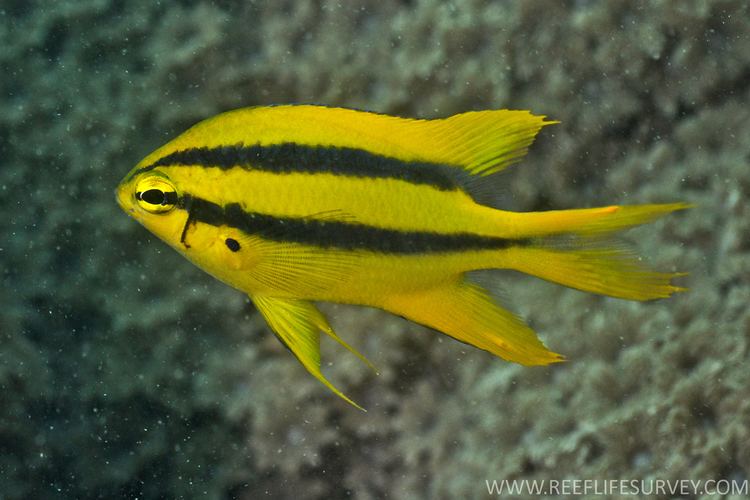Phylum Chordata Rank Species | Scientific name Neoglyphidodon nigroris Higher classification Neoglyphidodon Order Perciformes | |
 | ||
Similar Neoglyphidodon, Pomacentridae, Neoglyphidodon melas, Neoglyphidodon oxyodon, Neoglyphidodon crossi | ||
black and gold chromis neoglyphidodon nigroris
Neoglyphidodon nigroris, common name black-and-gold chromis or Behn's damsel is a damselfish from the Indo-West Pacific. It occasionally makes its way into the aquarium trade. It grows to a size of 13 centimetres (5.1 in) in total length.
Contents
- black and gold chromis neoglyphidodon nigroris
- Distribution and habitat
- Description
- Diet
- Behavior
- In the aquarium
- Reproduction
- References
Distribution and habitat
This species of damselfish is found throughout the Indo-Pacific region. In the Indian Ocean, they are found around Sri Lanka, the Andaman Sea, Indonesia, and Australia. In the Pacific Ocean, they are found around Indonesia, the Philippines, Australia, Vietnam, Taiwan, Japan, Malaysia, the Solomon Islands, Vanuatu, and Hawaii. Behn's damselfishes live in coral reefs and lagoons that are rich in corals. They are found at depths of 2–21 metres (6.6–68.9 ft).
Description
Adults individuals of Benh's damselfish can grow up to 13 centimetres (5.1 in). There are two varieties of adult coloration. The adult individuals from the western Pacific Ocean have a tan front and a yellow back. In the area ranging from the Andaman Sea to Japan, adults are black. The two varieties overlap around the island of Bali. Juveniles have a yellow coloration with 2 horizontal black stripes.
Diet
Benh's damselfish are omnivorous fish. They feed mainly on algae, crustaceans, tunicates, and salps.
Behavior
This species is normally encountered as a solitary fish. They are territorial fish. As the fish gets older, they get more aggressive and territorial.
In the aquarium
In the aquarium hobby, the juvenile fish is occasionally available for the aquarium trade. The minimum tank size for this fish most people say is 20 gallons. Most people keep this fish in water conditions of 1.020 to 1.025 gravity, pH 8.1 to 8.4, and 22 °C (72 °F) to 25 °C (77 °F).
Reproduction
During breeding, the females lay their eggs in the substrate. Then, the males guard them and aerate them until they hatch.
